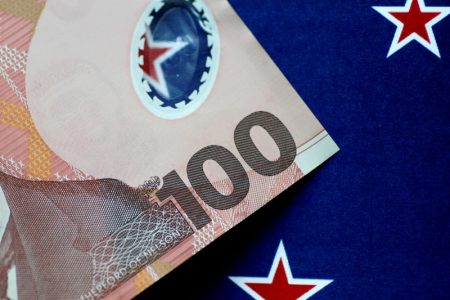The Canadian dollar remains steady at the crucial 1.3700 level despite recent data showing softer inflation in Canada, which suggests that the Bank of Canada (BoC) may adopt a more dovish approach. Investors are closely monitoring BoC Governor Tiff Macklem’s scheduled speech today, which could provide further insights into the central bank’s future rate decisions. Analysts anticipate a potential total rate cut of approximately 80 basis points by December 2024, with easing policies expected to start between April and June.
The Federal Reserve’s latest minutes did not reveal any major new developments but highlighted a slowing economy in the United States. Upcoming reports on durable goods orders and consumer sentiment are expected to place additional pressure on the US dollar (USD). These economic indicators will be closely watched as they could influence the Federal Reserve’s monetary policy direction.
Market participants are also looking ahead to this weekend’s OPEC+ meeting, where decisions on whether to extend production cuts will be critical for the Canadian dollar’s trajectory. As Canada is a major oil exporter, the outcome of the OPEC+ meeting could significantly impact the currency.
Technical analysis indicates that the pair is testing key channel support levels. If these levels do not hold, it could lead to increased strength in the Canadian dollar. Resistance levels are established at 1.3899 and 1.3800, while support can be found at the psychological mark of 1.3700 and near the significant 50-day moving average, which is currently at 1.3668. The Relative Strength Index (RSI) suggests market indecision as traders await important economic announcements that could shape currency movements.
This article was generated with the support of AI and reviewed by an editor. For more information see our T&C.
Read the full article here















